Having trouble sleeping because of pain?
There are many factors that can interfere with a good night’s sleep – whether it is from work stress, or family responsibilities to illnesses. Improving sleep when you’re in pain can also be challenging, and it is no surprise that quality sleep is sometimes elusive. However, there are several strategies that can help manage pain and promote better sleep quality:
- Relaxation Techniques:
Deep Breathing: Practise deep breathing exercises to help relax your body and mind. Mindfulness and Meditation: Engage in mindfulness or meditation practices to reduce stress and improve overall sleep.
- Sleep Environment:
Comfortable Mattress and Pillows: Ensure your mattress and pillows provide adequate support. Temperature Control: Keep your bedroom cool, dark, and quiet.
- Pain Management:
Medications: Consult your family GP about management strategies or pain relief medications that are suitable for nighttime use. Heat and Cold Therapy: Apply heat and cold packs to the affected area before bed.
- Sleep Hygiene:
Consistent Schedule: Go to bed and wake up at the same time everyday where possible. Wind-Down Routine: Develop a relaxing pre-sleep routine, such as reading, taking a warm shower, or practising gentle yoga. Limit Screen Time: Avoid screens at least an hour before bed to allow the production of melatonin, keeping the brain calm and making it easier to fall asleep.
- Lifestyle Adjustments:
Physical Activity: Engage in regular physical activity. The more active you are, the more your body pushes you to sleep at night.
Diet: Avoid large meals, caffeine, and alcohol before bed.
Hydration: Stay hydrated, but limit fluids in the evening to reduce nighttime awakenings.
By integrating these strategies, you can create a more conducive environment for sleep and manage pain more effectively. Sleep is essential for optimal health and exercise is one of the best ways to boost your sleep quality.
There is no right or wrong time to work out, whether you do it in the morning, noon or evening, aim at least 30 minutes of physical activity per day in a way that makes you feel good. Not sure how to start? Consult a healthcare professional or your nearest exercise physiologist about starting an exercise programme that is tailored to your goals.
Haseef Salim
Workers Compensation Specialist (AEP, ESSAM)
Exercise Rehabilitation Services – WA




